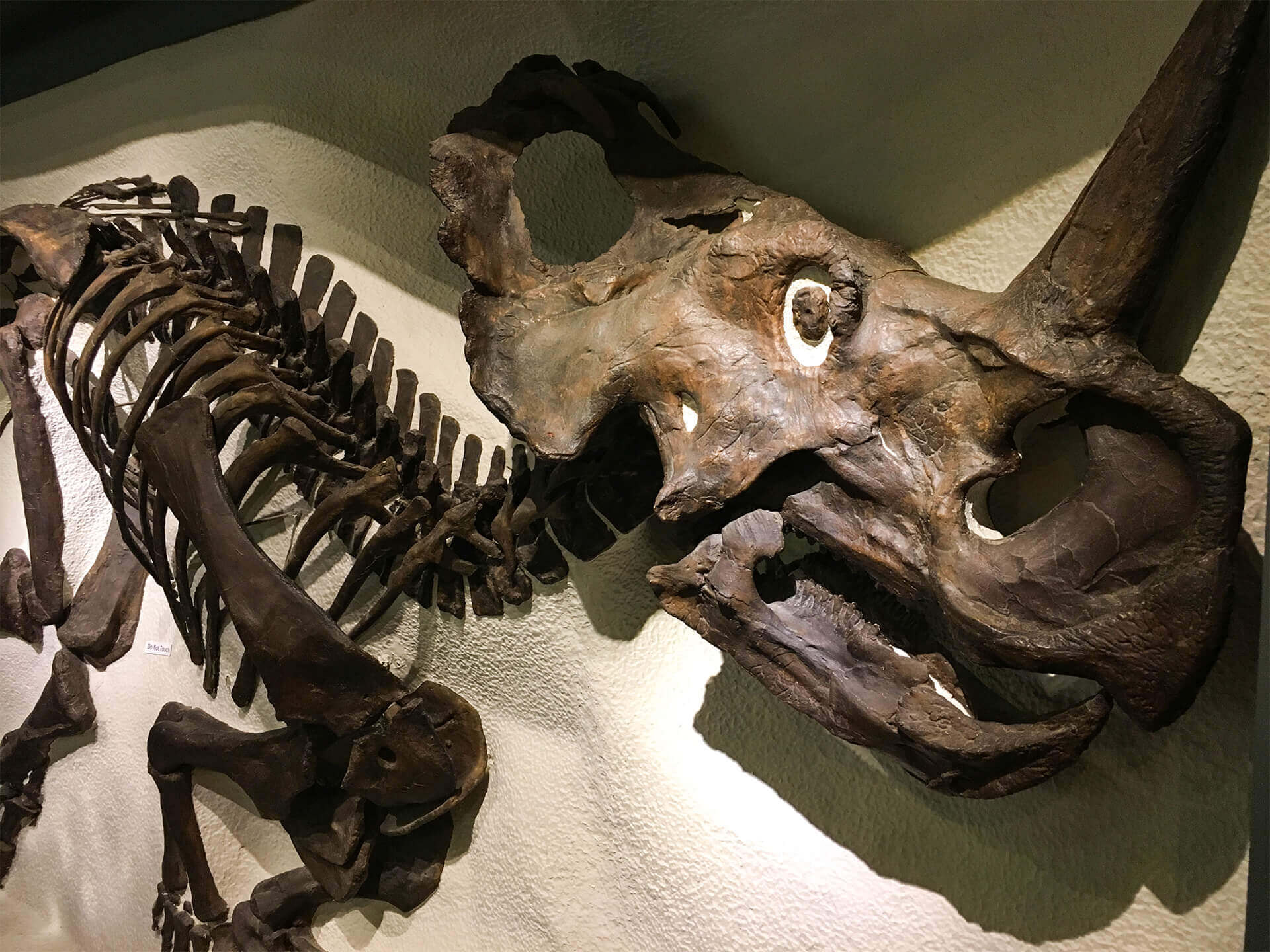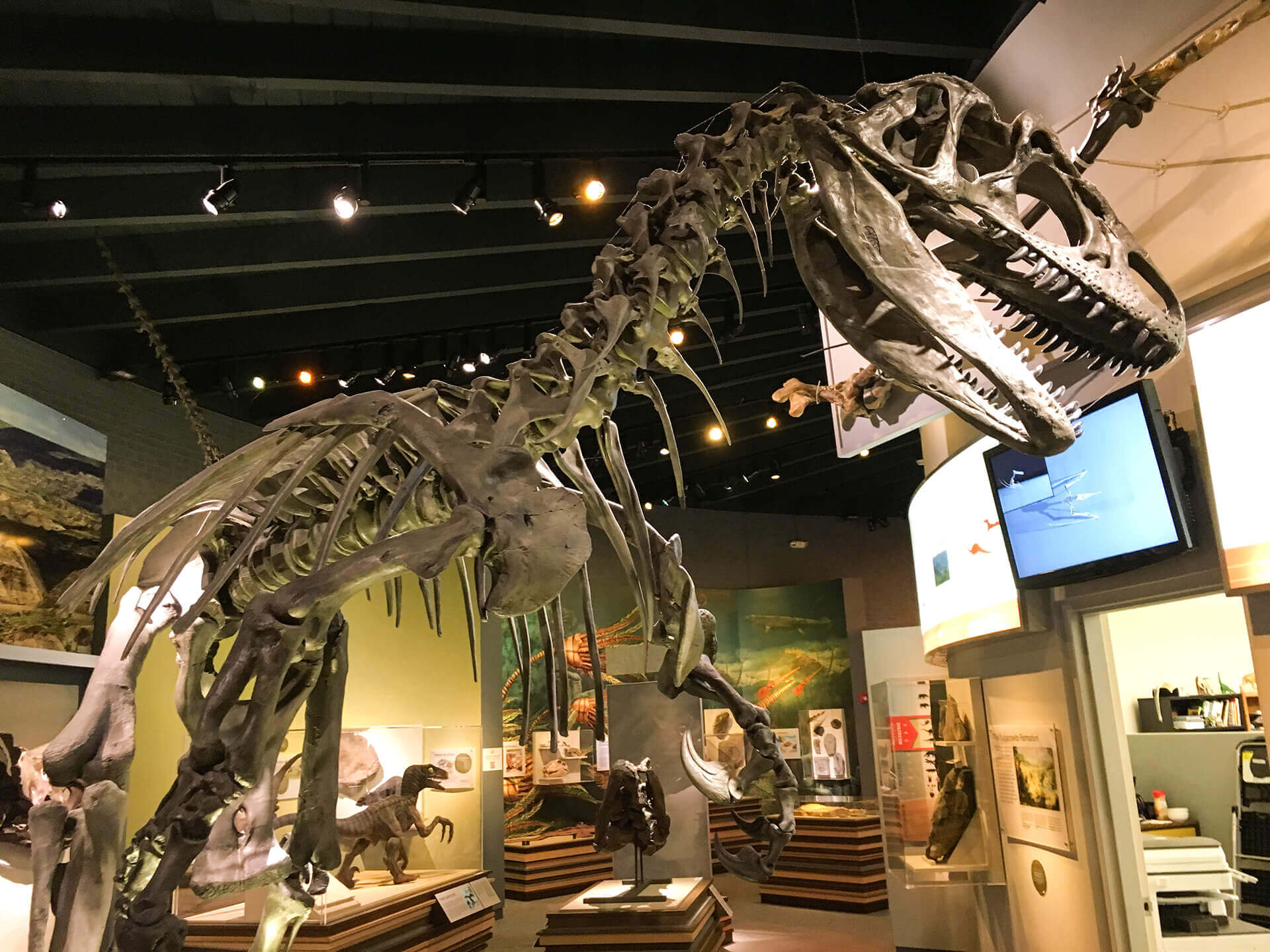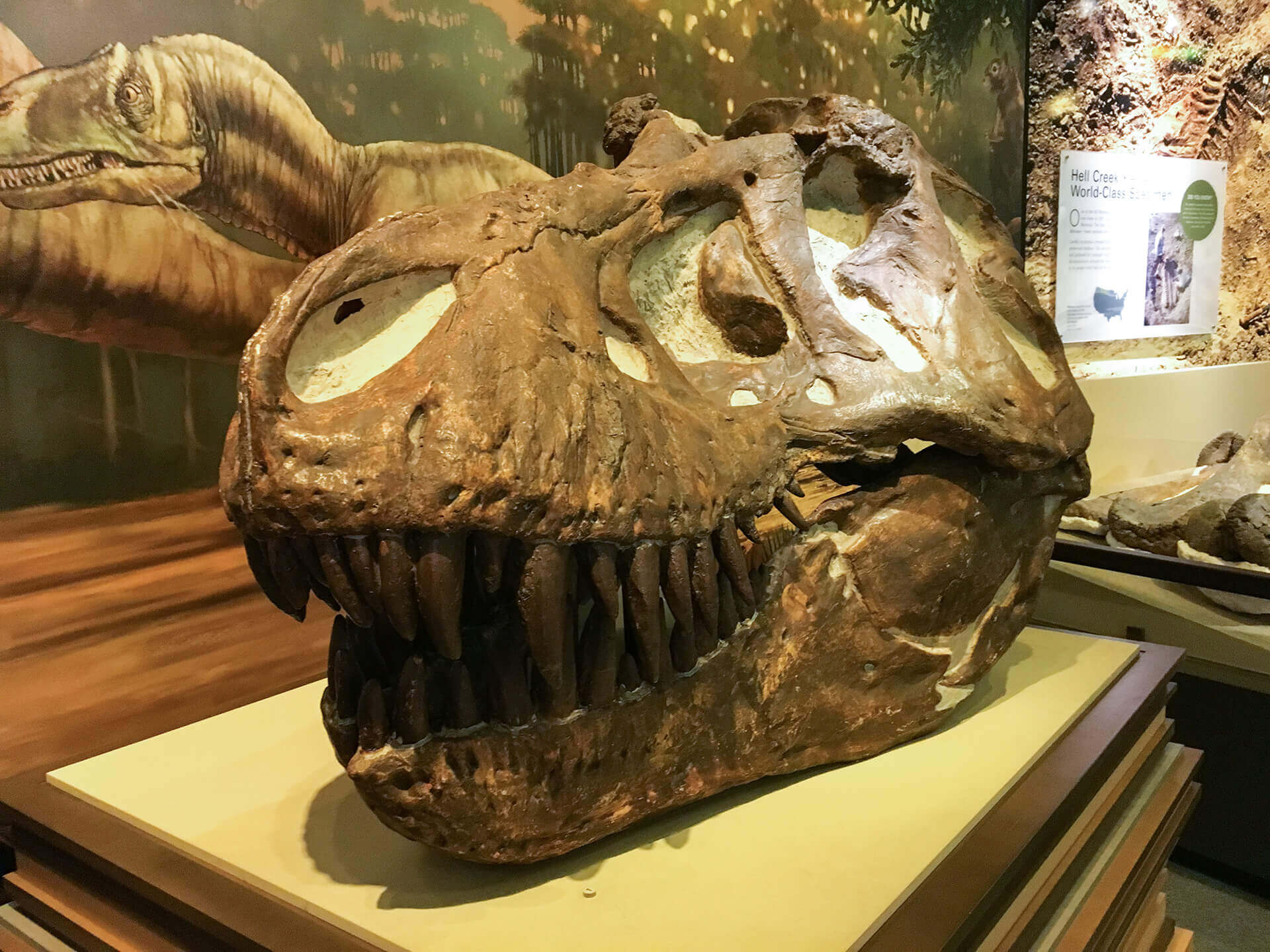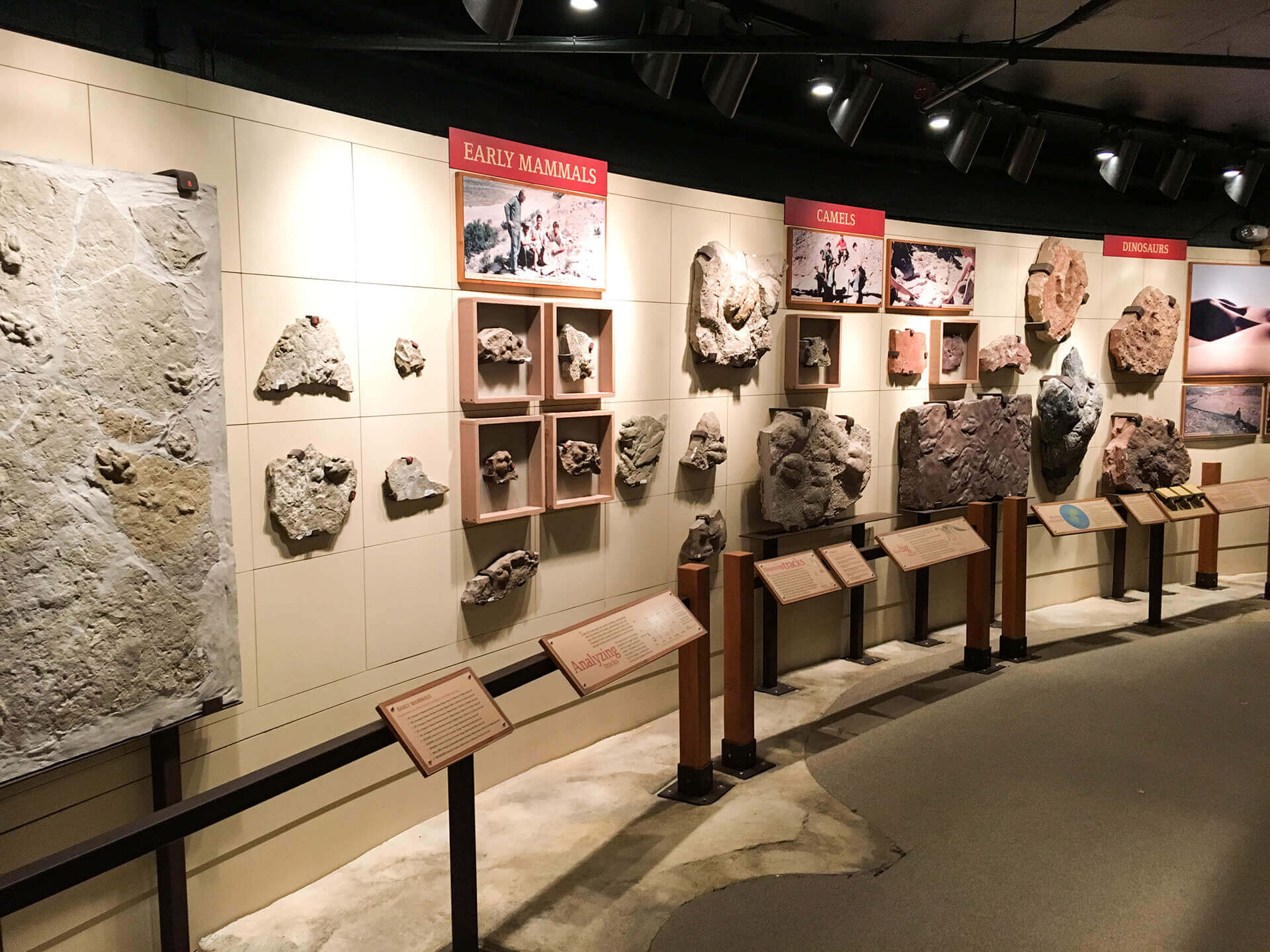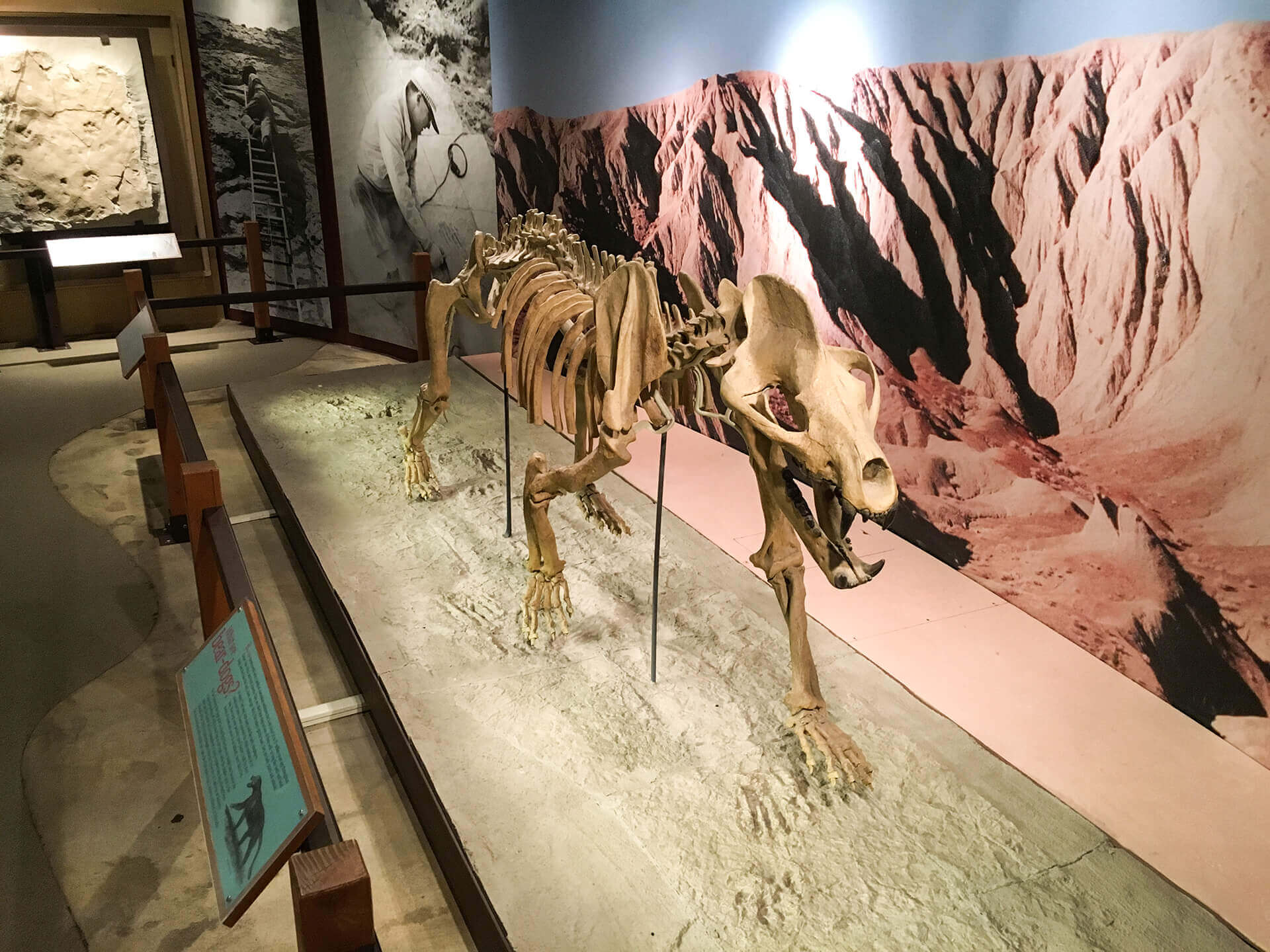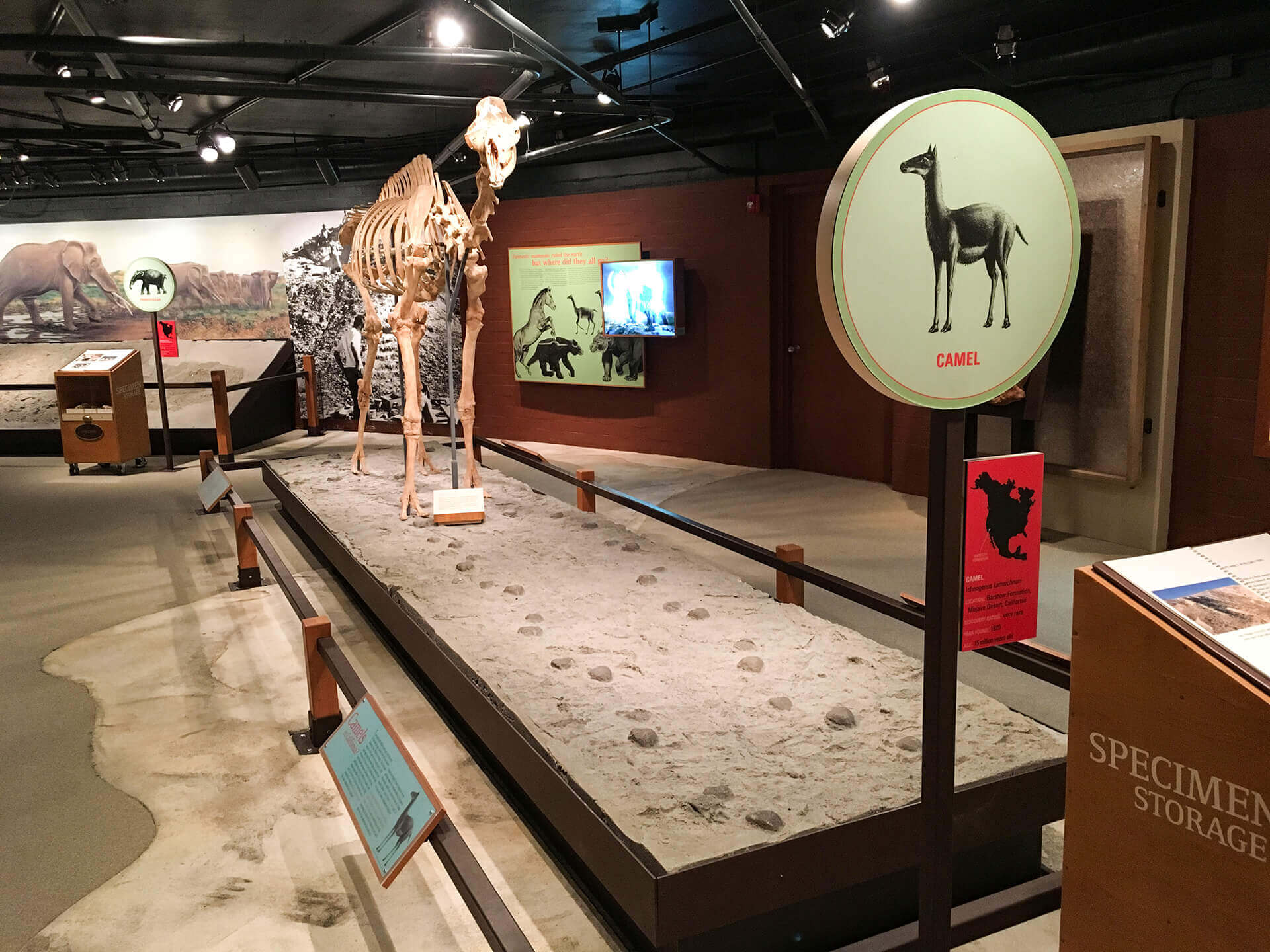Over 20,000 visitors a year find their way to the Alf Museum. The museum has two circular exhibit areas: the Hall of Footprints and the Hall of Life, totaling 4,000 square feet of space.
HALL OF LIFE
The Hall of Life, renovated in 2011, showcases the Earth’s 4.6 billion year old history. The hall inspires visitors to seek a deep appreciation of their place in the history of the planet, challenging them with a fundamental question: “What are you going to do with your moment of time?”
Design highlights include wall-size murals showing ancient environments and a timeline depicting important episodes in the history of life. The hall is divided into six sections, with the first describing basic scientific principles and the museum’s history, followed by areas highlighting life forms from four major eras of geologic time: Precambrian, Paleozoic, Mesozoic and Cenozoic. The final section showcases student- and staff-designed exhibits, featuring current museum research or recently discoveries made by students on fossil-finding treks we call Peccary Trips, named for the first fossil discovered by Ray Alf.
HALL OF FOOTPRINTS
Renovated in 2002, the Hall of Footprints showcases one of the museum’s most important holdings, a unique fossil track and trackway collection that is among the largest of its kind in the United States.
Featured specimens include the only known trackway of a “bear-dog” carnivore from North America. Other displays include camel, bird, cat, and elephant tracks from the Mojave Desert, as well as lizard, dinosaur, and spider tracks from Arizona and Utah. Visitors can see the inner workings of a paleontology museum, the fossil preparation lab and a collections storage room, through windows cut into the walls.
VISIT THE VIRTUAL ALF MUSEUM
Preview the Alf Museum from your computer or mobile device.
![]() Click on the white circles to move through the museum.
Click on the white circles to move through the museum.
![]() Click on small blue circles for information on the fossil specimens.
Click on small blue circles for information on the fossil specimens.
![]() Scroll up or down on your mouse to zoom in to fossils and exhibits.
Scroll up or down on your mouse to zoom in to fossils and exhibits.
The Virtual Alf Museum was developed thanks to funding from the National Geographic Society’s COVID-19 Remote Learning Emergency Fund for Educators. Special thanks to Alexander Ozbirn for helping us create the virtual museum.
Want to use the virtual museum in your classroom? Reserve a virtual tour and discover the Museum in a fun, engaging, and interactive online experience hosted by an Alf Museum educator.
